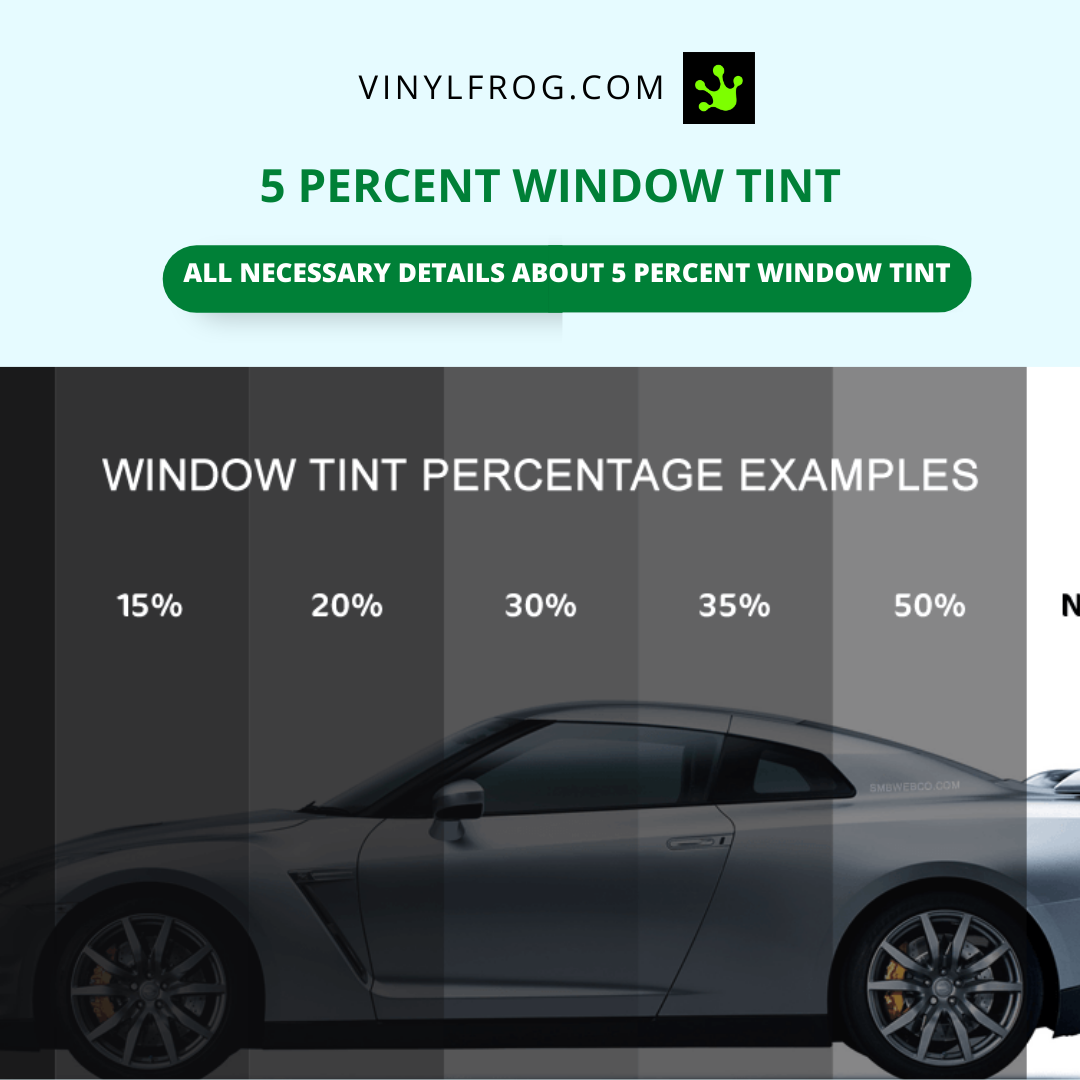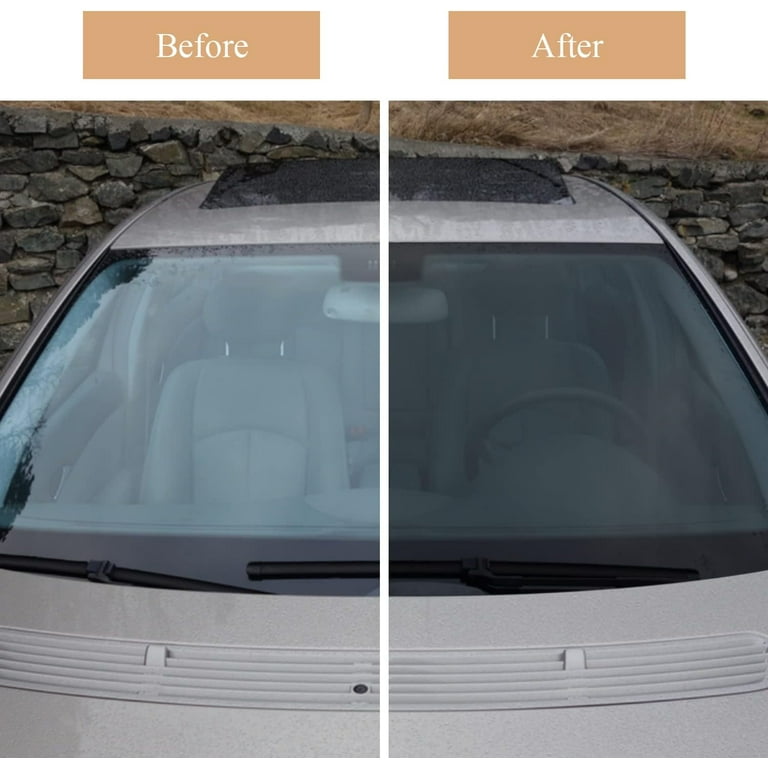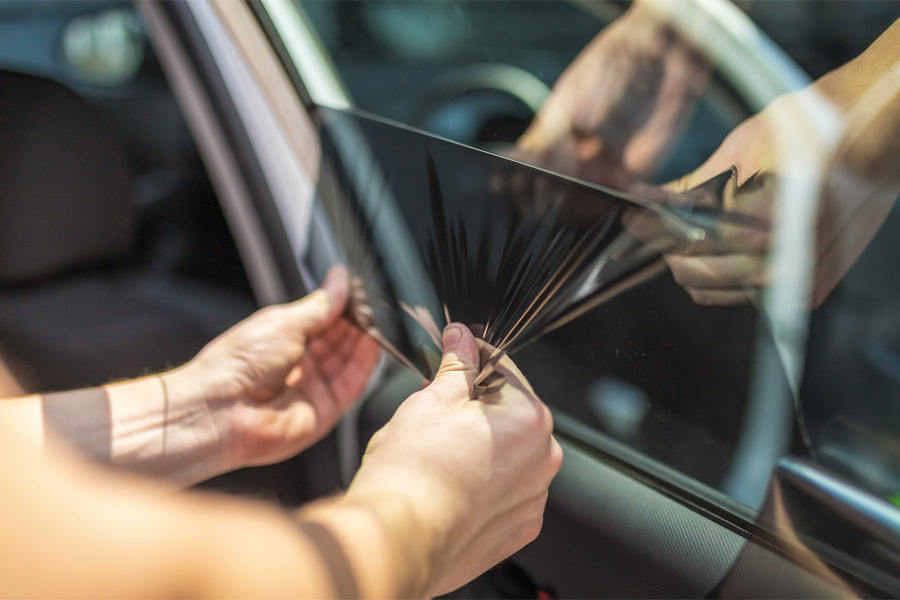The Science Behind Auto Window Tinting and UV Ray Protection
The Science Behind Auto Window Tinting and UV Ray Protection
Blog Article
Home Window Tinting Rules and Standards: What You Required to Know Before Tinting Your Auto
Before continuing with window tinting for your lorry, it is necessary to acquaint yourself with the varied laws and standards that govern this method across different states. These guidelines determine the permitted levels of color darkness, often gauged by visible light transmission (VLT) percents, and consist of details terms for front windscreens aimed at guaranteeing roadway safety and security. In addition, particular territories may provide clinical exceptions for people with certifying problems. Comprehending these complexities can save you from prospective lawful implications, yet what are the specific regulations in your state?
Introduction of Home Window Tinting Laws
Window tinting regulations are frequently subject to variant across various jurisdictions, mirroring neighborhood regulations and safety considerations. These laws dictate the permitted levels of color darkness and reflectiveness on vehicle windows, making sure that motorists keep ample exposure while also shielding versus unsafe UV rays and warm.
Most guidelines classify window tinting based on the Visible Light Transmission (VLT) percent, which indicates the quantity of light that can travel through the window. Usually, reduced VLT percents symbolize darker tints. Laws typically distinguish in between the front, side, and rear home windows, with stricter limitations put on the front windscreen to boost safety for both the chauffeur and other road users.
Conformity with window tinting policies is important, as violations can result in penalties, mandatory removal of the color, and potential rises in insurance coverage premiums. It is necessary for automobile owners to familiarize themselves with local legislations before proceeding with window tinting installments.
State-by-State Tint Rules
Understanding the particular home window tinting guidelines in each state is essential for lorry owners seeking to abide with the law. Each state in the united state has actually developed its own set of rules regulating window tinting, which can differ dramatically. These policies commonly determine the allowed levels of color darkness, the sorts of home windows that can be tinted, and any type of clinical exemptions that may apply.
For instance, states like California have strict limitations on tint darkness for front windows, while others, such as New Mexico, might enable darker colors. Additionally, specific states mandate particular exposure portions for different windows, consisting of the windshield, front side windows, and back windows. It is vital for auto owners to familiarize themselves with their state's laws to avoid potential fines or penalties.
Additionally, some states may require an accreditation sticker label to be positioned on colored windows, showing conformity with state laws. Failure to stick to these policies not only runs the risk of lawful effects yet can also influence safety and presence while driving. Lorry proprietors must conduct thorough research or consult local authorities to make certain complete understanding and conformity with state-by-state tint policies.
Allowed Tint Degrees and Kinds
Lots of automobile owners may be stunned to discover that allowed tint levels and kinds differ commonly across different states. Each state has developed its own regulations concerning the permitted darkness and reflectivity of home window tint, frequently determined by Visible Light Transmission (VLT) portions. VLT refers to the quantity of light that can go through the colored windows; thus, a lower portion shows a darker color.

Additionally, the kinds of color products allowed can vary, with some states restricting mirror-like or metallic coatings. It is important for lorry owners his comment is here to familiarize themselves with their state's particular laws to ensure compliance. Non-compliance can result in fines, obligatory removal of the color, or other lawful repercussions, making it important to understand these policies prior to proceeding with setup.
Medical Exceptions for Tinting
While not all states supply allowances for clinical exemptions relating to home window tinting, those that do identify the requirement for specific people to enhance exposure and comfort because of medical conditions. Various medical conditions, such as lupus, skin cancer, and specific eye problems, can make individuals particularly sensitive to sunlight. As a result, these people might require darker tints to shield themselves from dangerous UV rays and glare.

It is essential to note that despite a medical exception, there may still be restrictions on the degree of color enabled. Conformity with state laws makes certain that people are both protected and within lawful restrictions. Those considering medical exceptions ought to contact their local Department of Motor Cars or equivalent authority to recognize the needs and procedures necessary to make an application for an exemption effectively.
Fines for Non-Compliance
Failing to abide by home window tinting regulations can lead to considerable fines, which differ by state. Police are empowered to issue citations for lorries that do not adhere to the specified tinting laws. These charges commonly include penalties, which can vary from small quantities to several hundred bucks, relying on the seriousness of the offense and the state in inquiry.
In some territories, repeated offenses may result in escalating penalties or added fines, such as necessary court looks. Non-compliance might demand the elimination of illegal tinting, commonly at the owner's expense. In extreme situations, habitual transgressors might encounter suspension of their lorry registration until conformity is achieved.
Furthermore, insurance coverage ramifications may emerge from getting multiple citations for window tint offenses. Insurance firms might see such offenses as an indication of riskier behavior, potentially bring about raised costs or problem in coverage.
To stay clear of these fines, it is vital for lorry owners to acquaint themselves with their local home window tinting regulations and make sure that their lorry complies (Window Tinting). This proactive strategy not only stays clear of lawful implications but additionally promotes roadway security
Conclusion

A lot of laws categorize home window tinting based on the Visible Light Transmission (VLT) percentage, which suggests the amount of light that can pass with the home window. Conformity with home window tinting policies is essential, as offenses can result in penalties, obligatory elimination of the color, and possible increases in insurance Learn More coverage premiums.Understanding the particular window tinting regulations in each state is essential for automobile owners looking for to abide with the regulation. These regulations commonly dictate the allowed degrees of tint darkness, the kinds of home windows that can be tinted, and any medical exceptions that might use.
For instance, states like California have strict constraints on color darkness for front windows, while others, such as New Mexico, might permit darker tints.
Report this page